Food brings people together. It’s often the centerpiece of celebrations, traditions, and simple everyday moments. Beyond physical nourishment, food provides emotional warmth. The care put into preparing a meal can be an act of love and connection. Meal planning and preparation can be a creative outlet and a way to practice self-care.
As humans, we experience a wide range of emotions related to food. Excitement for a delicious meal. Nervousness about trying a new ingredient. Joy in sharing a family recipe. Stress over having enough time to prepare dinner after work. Food sparks nostalgia and comfort. The language we use to describe food reflects this emotional dimension.
When something tastes incredible, we say it’s “to die for.” A perfect morning cup of coffee is “heaven.” A hot meal after a tiring day “warms the soul.” Baking cookies with grandma is a “cherished tradition.” Trying a new exotic fruit is an “adventure.” Cooking dinner for your significant other is an act of “love.”
This emotional language reveals how food connects us on a deeper human level. We need food to survive, but we crave experiences that make us feel joy, comfort, love, excitement, pride, and a sense of belonging. Meal planning is not just about nutritional maintenance – it’s an opportunity to create meaning.
With some intention and creativity, meal planning can be fulfilling instead of a chore. It can nourish your body and your spirit. Here are 20 tips and tricks to make meal planning a more rewarding ritual.
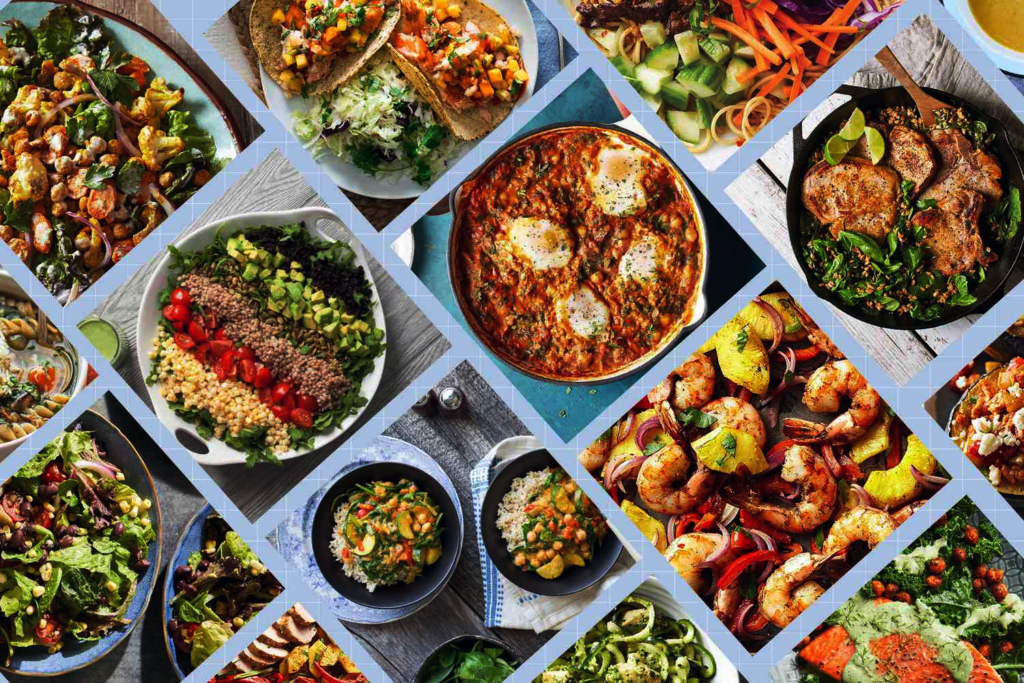
The Language of Food: How Meal Planning Connects Us Through Emotion
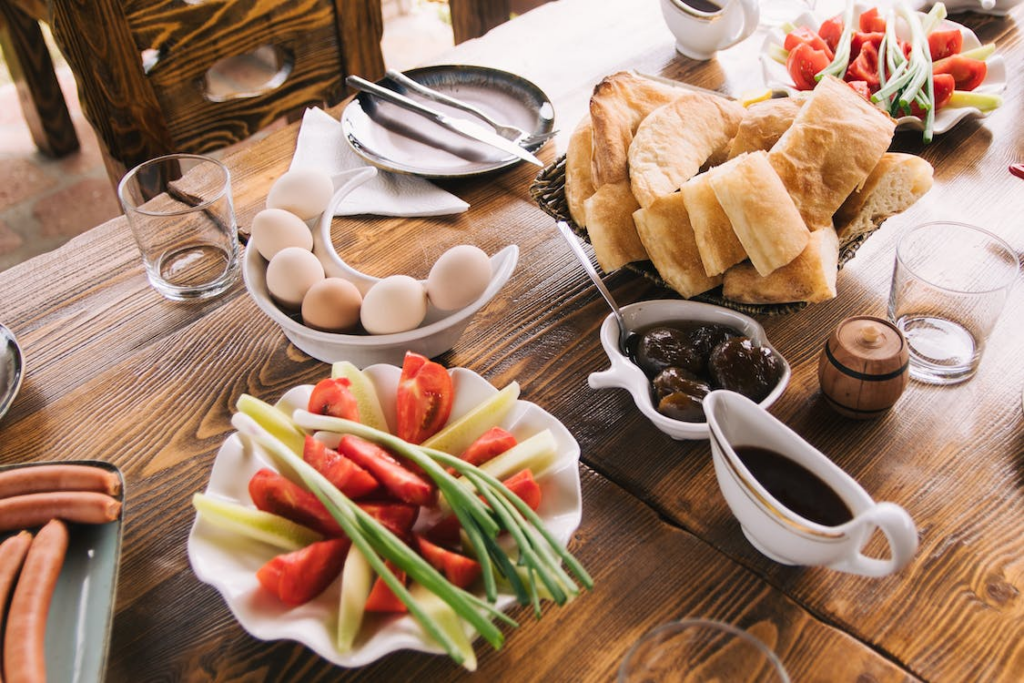
1. Theme your weekly menus
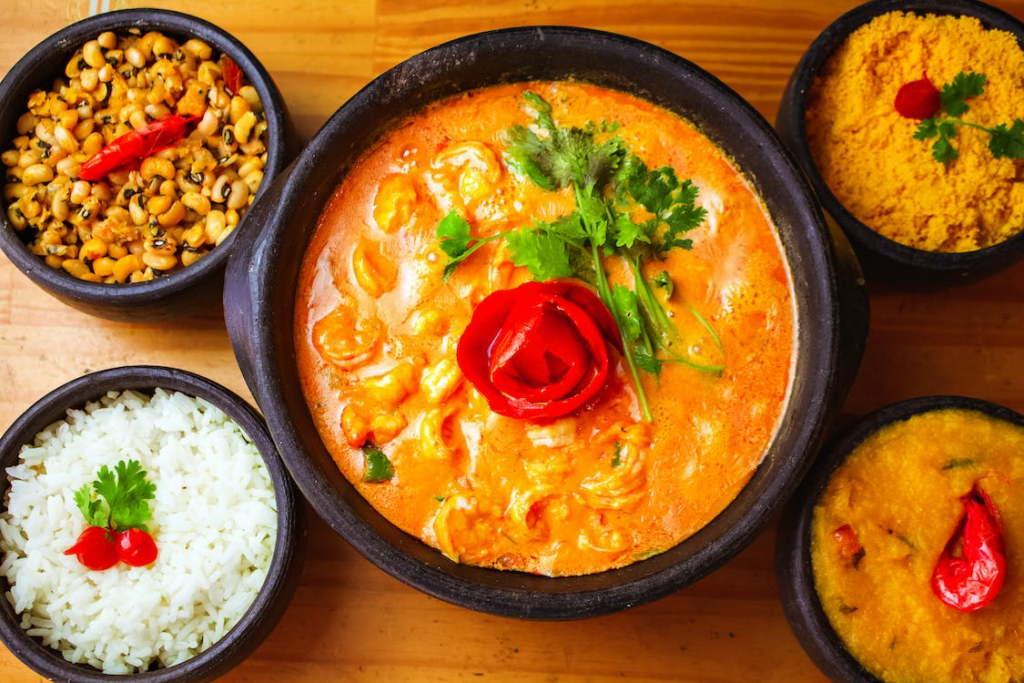
Assigning a fun theme to each week’s meals adds an element of anticipation and excitement. Themes help break up the monotony of daily meal prep. You and your family can explore new cuisines and ingredients linked by a common thread. Themes also help inspire ideas. Examples are Italian week, taco week, soup week, freezer meals week, clean eating week, and vegan week.
2. Cook “meals in a bowl”
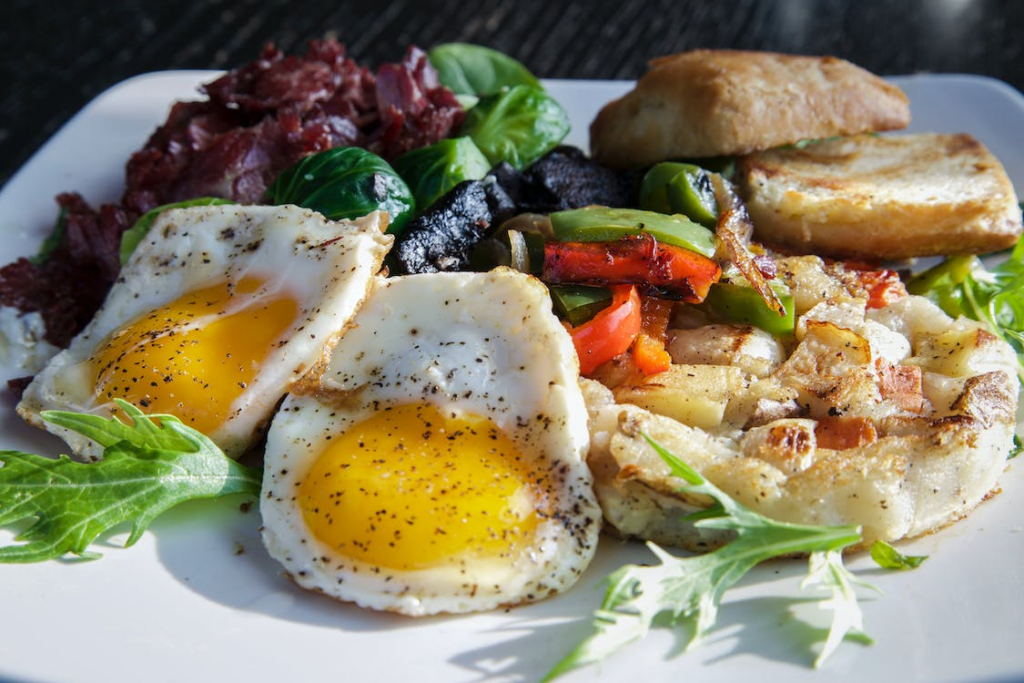
Bowls make meal assembly easy, healthy, and visually appealing. You can prepare grains and proteins in bulk at the start of the week, storing them in containers to spoon into bowls throughout the week. Top with sauces, roasted vegetables, greens, beans, nuts, and seeds – get creative with mix-ins! Bowls are versatile and customizable.
3. Double batches and freeze half
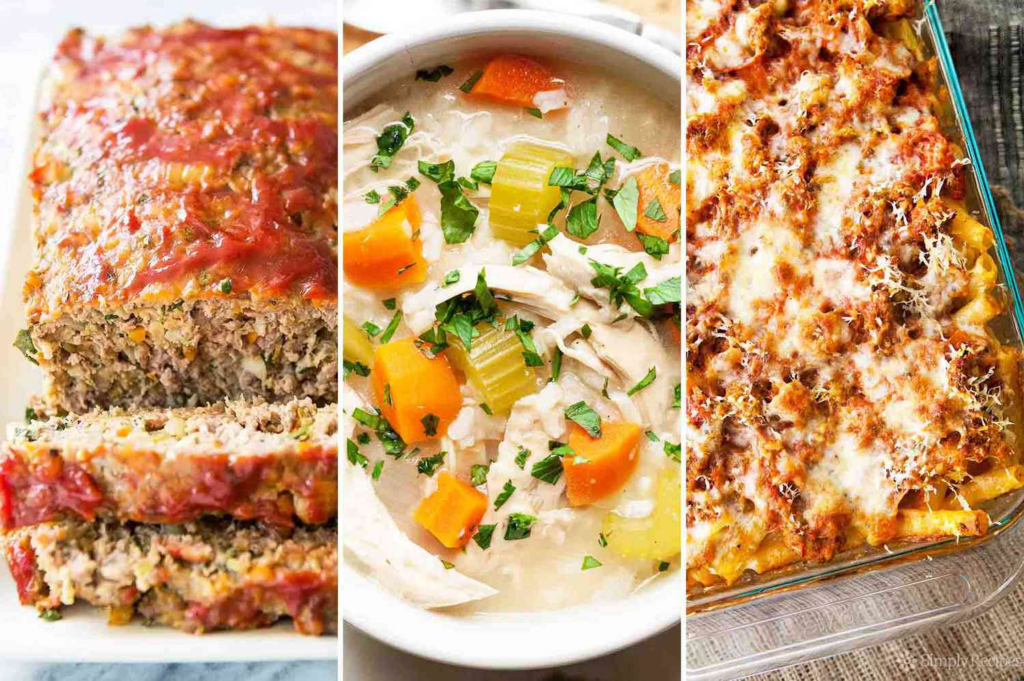
Making a double batch of soup, casserole, pasta sauce, or another freezer-friendly recipe streamlines your meal prep. Enjoy half right away and freeze individual portions in bags or containers. This saves cooking time later in the week when you’re feeling busy.
4. Do some chopping and prepping in advance

Having ingredients washed, chopped, sliced, and portioned out beforehand makes throwing together meals much more accessible on busy weeknights. On the weekend, take an hour or two to prep ingredients like onions, carrots, bell peppers, broccoli, chicken breasts, ground turkey, etc.
5. Make a “keep on hand” list

Keep a grocery list of versatile ingredients in your pantry, fridge, and freezer. These basics make assembling quick meals a breeze – canned beans, frozen vegetables, pasta, rice, herbs and spices, eggs, cheese, Greek yogurt, nut butter, and bread.
6. Let the slow cooker do the work

Slow cooker or crockpot meals require little hands-on time. In the morning, toss in ingredients, turn it on low, and dinner simmers all day. Make big chili, soup, pulled pork, chicken, or pot roast batches. Portion and freeze leftovers.
7. Roast a sheet pan of vegetables
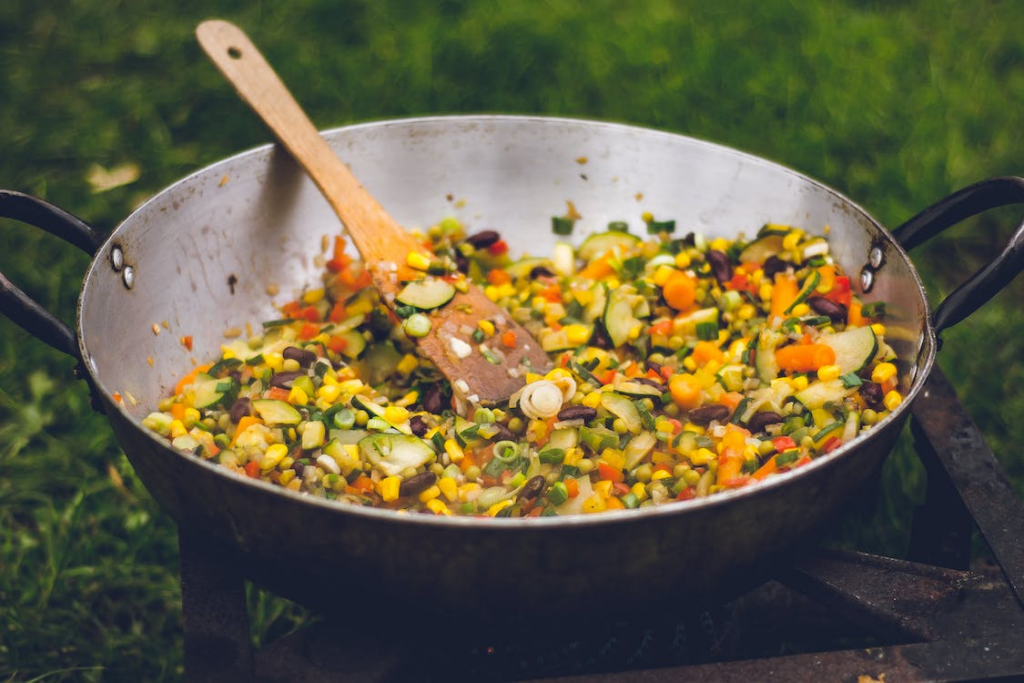
Roasting a sheet pan full of vegetables takes just 5 minutes of prep time. Toss chopped veggies in olive oil and seasonings and pop them in the oven. In less than 30 minutes, you’ll have healthy sides and mix-ins ready for several recipes.
8. Think outside the box for breakfast
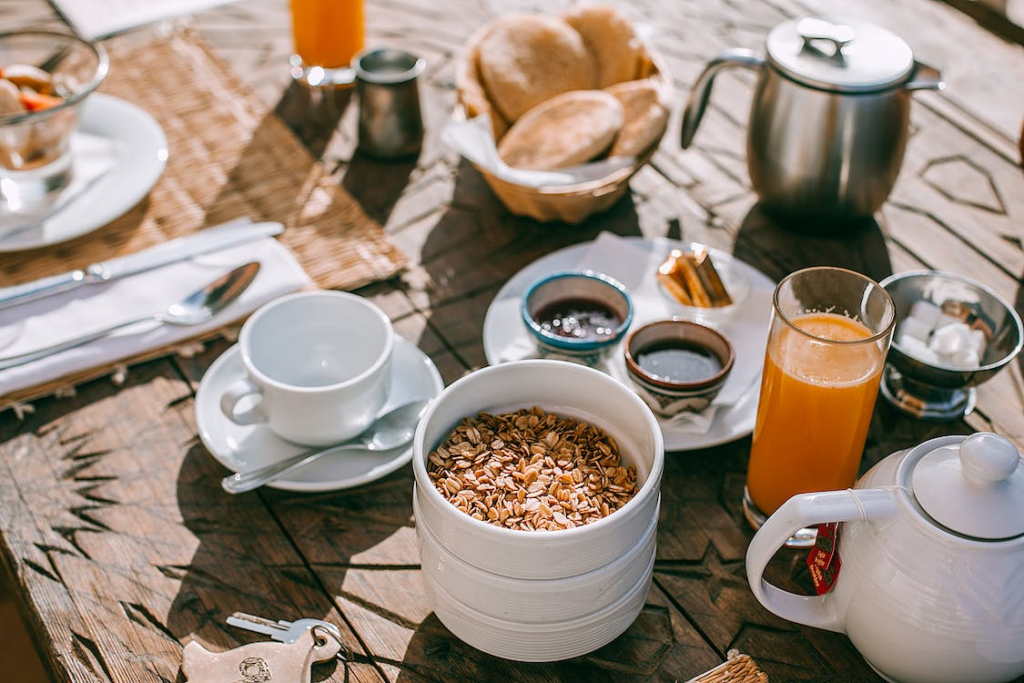
Breakfast doesn’t have to mean cereal or oatmeal every day. Try fun grains like quinoa, millet, or amaranth. Or savory choices like breakfast tacos, eggs baked in avocado halves, veggie frittata muffins, salmon, and hash browns.
9. Let non-recipe foods inspire you
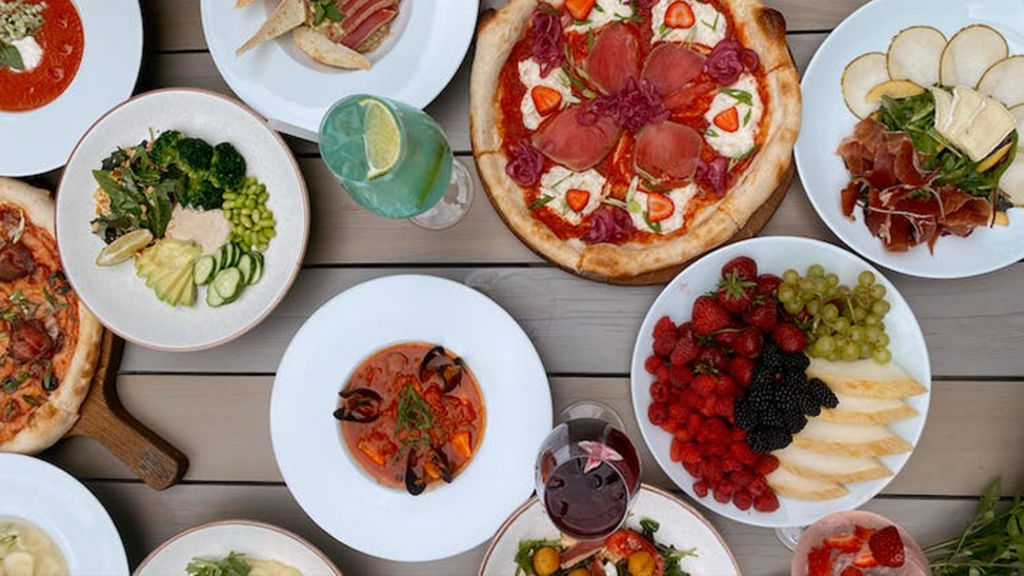
Flip through cookbooks or food blogs, and Instead of committing to complete recipes, note exciting ingredients or flavor combinations that catch your eye. Compile these into your signature dishes.
10. Assign meals to weekdays

To simplify decisions each evening, assign certain meals to specific days—for example, Taco Tuesdays, Soup and Salad Wednesdays, and Pizza Fridays. Repeating favorites on designated days, with new recipes mixed in, makes mealtime easier.
11. Embrace leftovers

Leftover ingredients from one meal quickly become the basis for another. Extra chicken can go in a salad, vegetables get tossed into eggs or pasta, and leftover rice makes excellent fried rice. A little creativity transforms leftovers into new, exciting meals.
12. Prep important ingredients in bulk

Save time by prepping versatile ingredients like cooked chicken, chopped veggies, and hard-boiled eggs in bulk. Keep them handy in the fridge or freezer and throw them into meals, snacks, and lunches all week.
13. Make ahead what you can
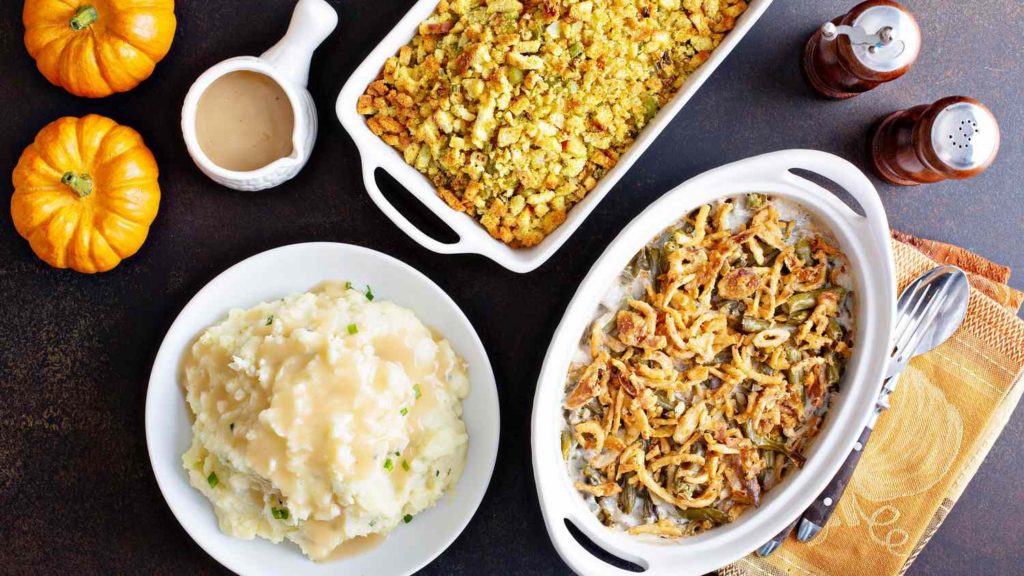
Take advantage of time on calmer weekend days to cook and prep what you can in advance. Sauces, dressings, casseroles, baked goods, and hearty soups freeze and reheat beautifully. You’ll be grateful later in the week.
14. Set a festive mood

Play lively music and pour yourself a glass of wine or a fun mocktail as you cook to relax and enjoy the process. For special meals, use candles, flowers, or your fancy dishes. Presentation matters!
15. Get creative with batch breakfasts

Make a big batch of oatmeal, overnight chia pudding, or breakfast sandwiches on the weekend and portion them into individual containers for quick breakfasts. Adding diversity saves you from boredom.
16. Grow some fresh herbs

Nothing elevates flavor like fresh herbs. Grow your oregano, thyme, basil, cilantro, sage, and rosemary to always have some on hand. Even just a few pots on a sunny porch or windowsill work wonderfully.
17. Work seasonal produce into menus
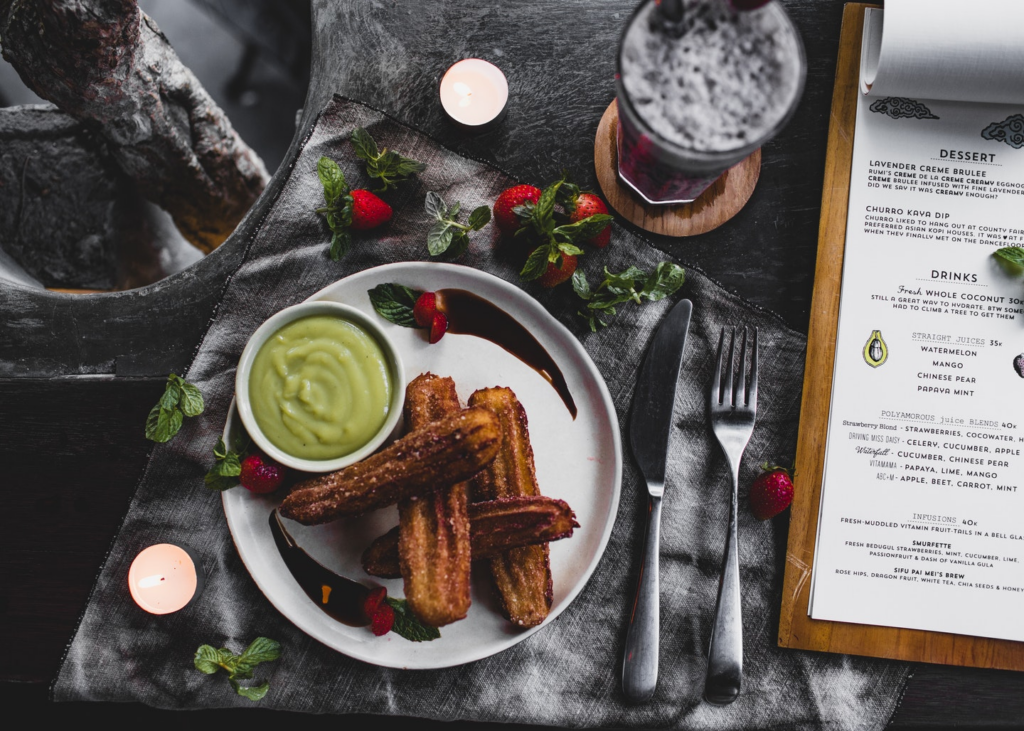
Incorporate fruits and vegetables that are in peak season for maximum flavor at lower costs. This strategy helps you eat seasonally and try new produce at its tastiest.
18. Get the whole family involved

Kids are more likely to eat foods they help prepare. Let them dump ingredients into a bowl, shape meatballs, decorate cookies, or pick a new vegetable at the store. Making meals together builds confidence.
19. Add special touches with garnishes
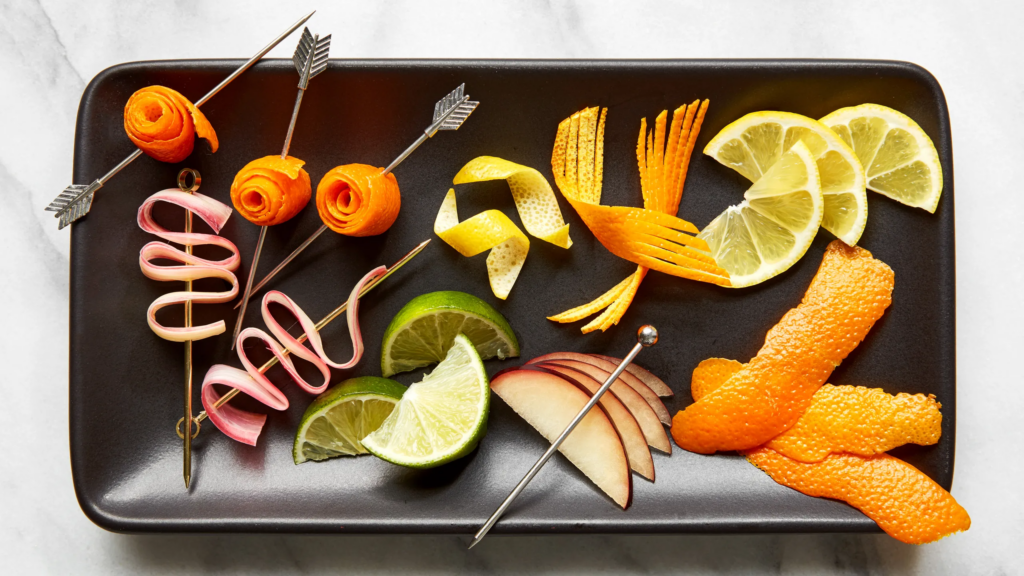
Fancy up basic meals with flavorful garnishes. Think fresh herbs, sautéed onions or mushrooms, roasted veggies, cheese, olive oil or balsamic drizzle, spicy nuts, croutons, or avocado chunks. Small touches make a big impression.
20. Infuse care into your cooking

Bring a mindset of love and care into your meal planning. Choose and prepare recipes to genuinely nourish yourself and your loved ones. Meals taste better when the cook takes pleasure in the process.
The language of food reflects the meaning it holds in our lives beyond physical nourishment. It connects us. With creativity and intention, meal planning can be far more rewarding than a chore. Your weekly menus can be exciting and speak to your deeper needs – the need for joy, comfort, self-care, and love shared with others.
Frequently Asked Questions
-
How can meal planning be emotional?
Meal planning connects to emotions through food memories, nostalgia, love expressed through cooking, excitement over new recipes, stress relief through cooking rituals, and the joy of sharing food.
-
Why is meal planning important?
Beyond nutrition, meal planning helps reduce stress, saves time and money, makes you eat more balanced meals, reduces food waste, and lets you try new recipes and ingredients.
-
What are some tips for successful meal planning?
Tips include picking weekly themes, preparing some components, doubling recipes and freezing half, letting slow cookers do the work, repurposing leftovers creatively, and getting the family involved.
-
How do you choose recipes for meal plans?
Consider favorite seasonal produce, meals suited for busy weeknights versus relaxed weekends, planning around sale items at the grocery store, and incorporating family-friendly and freezer-friendly recipes.
-
What are some creative meal-planning themes?
Some fun themes are Italian Night, taco Tuesday, Soup Week, Freezer Meals Week, Clean Eating Week, Vegan Week, breakfast for Dinner Week, Slow Cooker Week, or cuisines like Greek, Indian, or Cajun.
-
How can you add emotion to meal planning?
Play lively music as you cook, use candles or flowers during special meals, write personalized notes on lunch bags, let kids help decorate cookies, and present meals creatively to evoke excitement.
-
How can picky eaters stick to meal plans?
Involve them in grocery shopping and cooking, include preferred ingredients in new recipes, offer choices between two meal options, start a weekly theme night voted on by the family, and encourage trying just one new bite.










[…] 20 Creative Tips for Every Meal :Elevate your well-being with these 20 creative strategies to boost protein intake throughout th […]